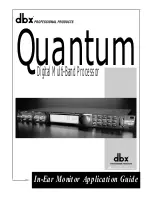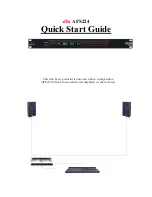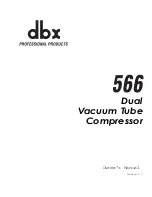
1-2
Real-Time I/Q Baseband Generator User’s and Programming Guide
Overview of Modulation Formats
ESG Family Signal Generators
APCO 25
Options UN8 and 202
APCO 25
The Association of Public-Safety Communications Official-International, Inc., Project 25
(APCO 25) is a standard setting initiative for public-safety communications.
The primary objectives of the APCO Project 25 standards process are to provide digital
narrowband radios optimum performance, meet all public-safety user needs, and achieve
maximum interoperability.
The Project 25 documents were developed by the Telecommunications Industry
Association (TIA), based on user needs, and then approved by the APCO Project 25
Steering Committee before being published as TIA documents.
The basic characteristics of Project 25 radios are the following:
• a Phase I emission designator of 8K10F1E-compatible four-level frequency modulation
(C4FM) for operation in a 12.5 kHz channel
• a Phase II emission designator of 5K76G1E-compatible quadrature phase shift keying
(CQPSK) modulation for operation in a 6.25 kHz channel
NOTE
The only difference between Phase I C4FM and Phase II CQPSK is the
modulation method in the transmitter.
• use of a common receiver for both C4FM and CQPSK modulation to ensure full
interoperability between the two signals
• encryption defined for the U.S. Data Encryption Standard (DES) algorithms, but other
techniques can also be employed
• use of an improved multiband excitation (IMBE) vocoder with 4400 bits/s of digitized
voice, 3800 bits/s of error correction on the voice, and 2400 bits/s of signaling overhead,
for an aggregate bit rate of 9600 bits/s
Summary of Contents for ESG series
Page 2: ...ii ...
Page 446: ...I 16 Index Index ...
















































